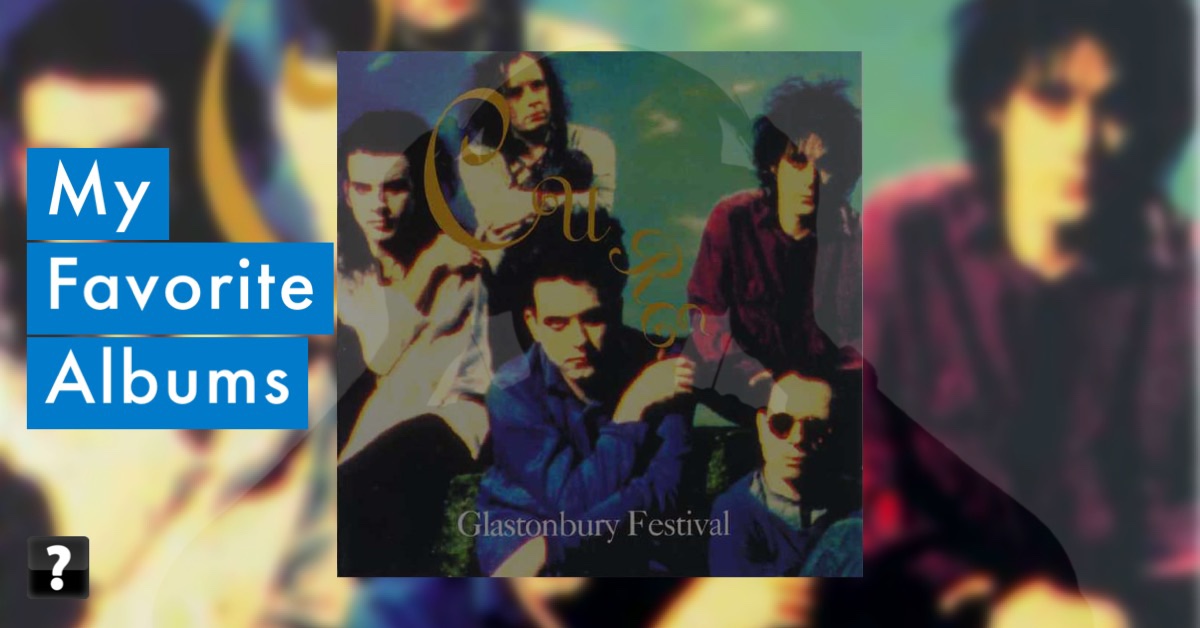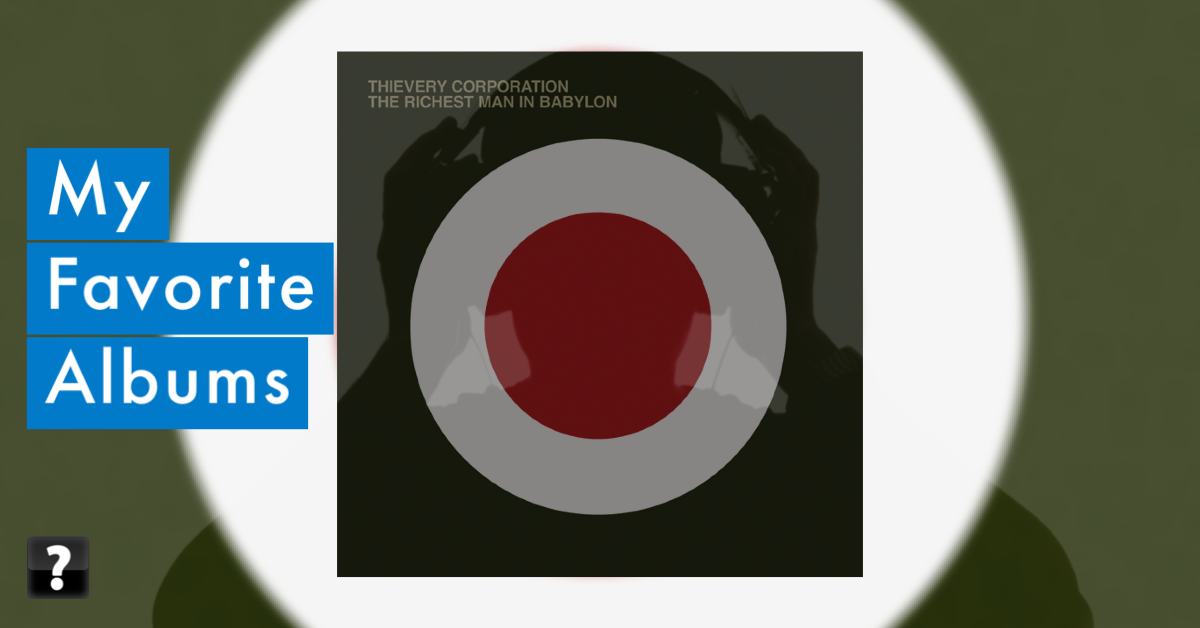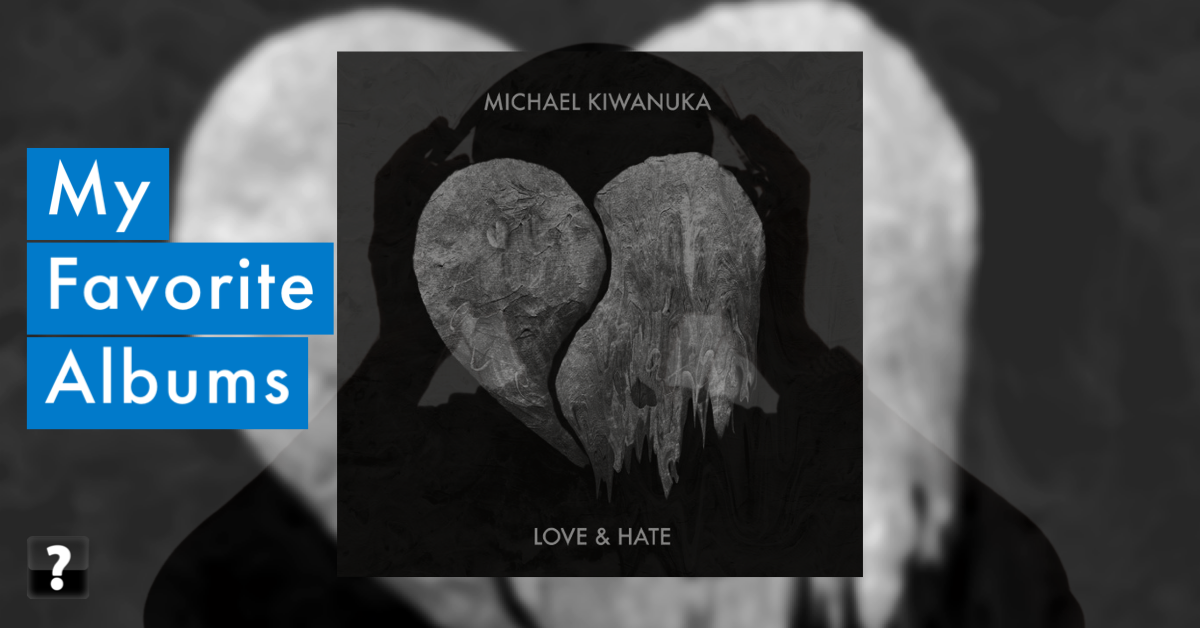Meteora [discogs.com], Linkin Park’s [discogs.com] sophomore album, is a rare beast: a second studio album, from a band that hit the big-time with their first album, that manages to surpass the earlier album. I listened to Linkin Park’s first album, Hybrid Theory [discogs.com] pretty much from it’s release in 2000. It was one of my favorite albums while sitting in my dorm or studying at the Johnson Center at George Mason.
Hybrid Theory is a good candidate for the album I listened to most in the CD drive on my first laptop, sitting in my dorm or in the Johnson Center while studying. I remember it being one of the first albums I ripped to my fancy MP3 player when I was going off to study in England. I purchased the MP3 player specifically because there was no way I was going to carry all those CDs around Europe but I’d have been dammed to go without my music. I was working at a small dot-com era consulting company while I was in school and I enlisted their entire fleet of desktops in the evening for a few weeks to rip my CDs to a central location.
And while I discovered much new music while I was in England, I spent many hours walking around the great and small cities of Europe or riding trains between those cities listening to my favorite albums, and Hybrid Theory was there with me the whole time.
By the time Meteora was released in March of 2003 I was back in the US. I had just started a new job, and I spent hours coding while listening to Meteora. It’s not the best thing to program to I must admit. Dance or Jazz works better, for me. But still, I was obsessed with Meteora for a long time when it came out, as I said it surpassed, for me at least, Hybrid Theory.
In the late 1990’s and the first few years of the 21st century my appreciation of heavy metal and related genres was at its peak. Having been in two relationships with people who liked heavy metal I had gotten deeper into many bands that I already knew; Metallica [discogs.com] of course, and Black Sabbath [discogs.com] and Rammstein [discogs.com] (including several live shows that are among the best I was ever at, one of my favorite bands of all time but I don’t listen to any of their albums end-to-end so much…), and more. I also discovered a host of heavy metal I would never have found, like Drain STH —an amazing all female band I would never have come across otherwise. But I was also a fan of much rap and hip-hip, like OutKast [confusion.cc], A Tribe Called Quest, and more, Eminem was at his zenith and both Slim Shady [discogs.com] and Marshall Mathers [discogs.com] were among my rips. So I was primed for nu metal when it came and I was still listening to a lot of heavy rock when Meteora was released.
Of all the nu metal or rap-rock or rock-rap bands of the early oughts Linkin Park was, by far, my favorite. Chester Bennington singing and Mike Shinoda rapping across Hybrid Theory and Meteora was the quintessential mix of these two genres. The success of their official mashups with Jay-Z should attest to how they were fully competent in their rap side. In any case, Linkin Park was the right mix for me.
After Meteora I was less enthused about their album output for along time. It was more straight rock and while I listed and there were many songs I liked, they never topped Meteora, or even Hybrid Theory for me. That is until their final album, One More Light [discogs.com]. I seriously debated if I should put One More Light on this list, I may still, but I think Meteora deserves to go first at least.
The suicide of Chester was a tragedy and the end of Linkin Park a sad thing. Too many music stars and stars in general are lost too early, to suicide and to drugs; to fast living and mental illness, to the intensity of fame. It should make you question the whole idea of fame and make you worried about the generations now and in the future growing up in front of the spotlight of social media, always on camera, always under scrutiny, always at the good, the bad and the truly ugly we as a society can throw at them. Our society chews up and spits out anyone who becomes famous, be it the work of days or years. Of course, some survive, a few even thrive, but fame is serial killer. Think on that while you listen below.
Listen on iTunes:
Or on Spotify:





